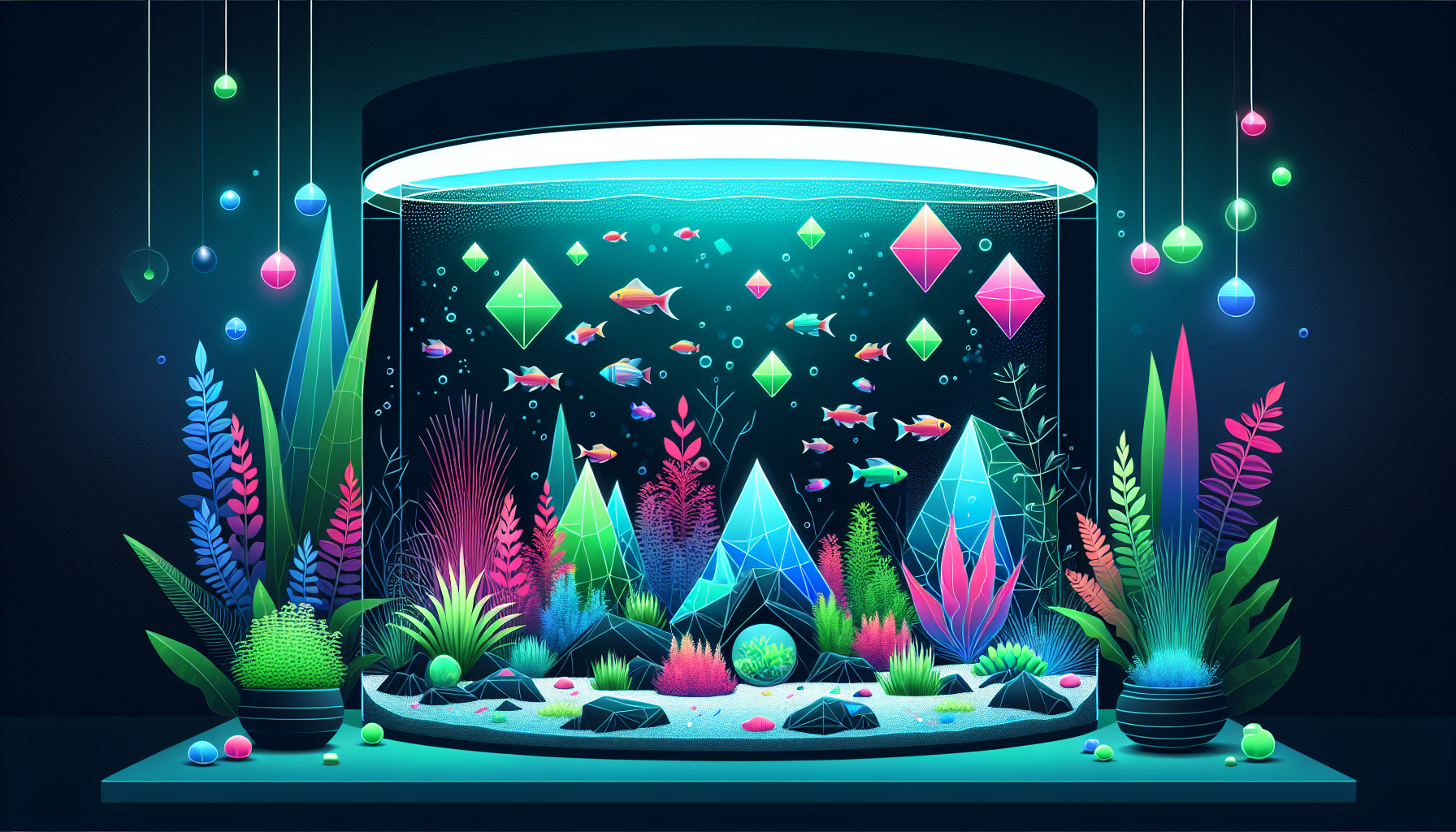The Ultimate Guide to Aquascaping for Beginners: Tips, Ideas & Essentials
Are you fascinated by lush underwater landscapes and want to create your own stunning aquarium? Aquascaping is both an art and a science, blending creativity with aquatic know-how. Whether you’re an aspiring enthusiast or just starting out, this comprehensive guide covers everything you need to begin your aquascaping journey. From choosing layouts and plants to maintaining your aquascape, you’ll find step-by-step advice for building beautiful, thriving underwater worlds.
What is Aquascaping?
Aquascaping is the craft of arranging aquatic plants, rocks, stones, driftwood, and substrate inside an aquarium to form captivating, living works of art. More than just aquarium decoration, aquascaping involves careful design that supports both visual appeal and the health of your aquatic life.
Popular aquascaping styles include:
- Nature Aquarium: Inspired by natural landscapes like forests or mountains.
- Iwagumi: Focused on rock formations with minimalist plantings.
- Dutch Style: Rich, lush plantings with vibrant color contrasts and structured layers.
- Biotope: Replicating specific natural habitats found in the wild.
Essential Tools and Equipment for Aquascaping
Before you dive in, gather these must-have aquascaping supplies:
- Aquarium: Choose a tank size to fit your space and goals (nano, standard, or large).
- Filtration: Good water movement and filtration keeps your aquascape healthy. Consider canister or hang-on-back filters.
- Lighting: LED lights are energy efficient and great for plant growth. Check if the intensity suits your chosen plants.
- Substrate: Nutrient-rich planted substrates help root development and overall plant health.
- Aquascaping tools: Tweezers, scissors, and spatulas make planting and maintenance easy.
- CO2 System: For lush plant growth, a CO2 injection system is an asset but not mandatory for easy setups.
Setting Up Your First Aquascape: Step-by-Step
1. Planning Your Layout
Start by sketching your aquascaping ideas. Think about the “golden ratio” or rule of thirds to place focal points, such as dramatic rocks or driftwood.
- Choose a style (Iwagumi, Dutch, Nature, etc.) for a cohesive look.
- Pre-arrange rocks and wood outside the tank to find the best composition.
2. Preparing the Aquarium
Rinse the tank, substrate, and hardscape materials to remove dust. Place your substrate first, sloping it for depth (higher at the back, lower at the front).
3. Hardscape Placement
Arrange rocks and driftwood according to your layout plan. Anchor larger pieces securely, and leave open space (”negative space”) for a natural feel.
4. Planting
- Moisten the substrate, then use aquascaping tweezers for easy planting.
- Plant taller species in the background and shorter or carpeting plants in the foreground.
- Spritz plants with water as you go to keep them hydrated.
5. Adding Water
Fill the tank slowly to avoid disturbing your layout. Place a plate or plastic sheet on the substrate to break the water flow.
6. Cycling and Stocking
Before adding fish or invertebrates, cycle your aquarium to grow beneficial bacteria and ensure a stable ecosystem. Read our beginner’s guide to aquarium cycling here.
Best Plants for Beginner Aquascapers
Start with hardy, easy-to-grow aquatic plants. These tolerate a range of conditions and require minimal maintenance:
- Java Fern (Microsorum pteropus): Undemanding and thrives in low light.
- Anubias: Perfect for attaching to rocks and driftwood; slow-growing and durable.
- Amazon Sword (Echinodorus): Dramatic leaves and easy care.
- Crytocoryne Species: Adaptable, with a variety of leaf shapes and colors.
- Mosses (Java Moss): Great for carpeting or accenting hardscape.
For more plant profiles and inspiration, visit our Best Aquarium Plants for Beginners guide.
Basic Aquascape Maintenance Tips
A thriving aquascape demands regular care, but it doesn’t have to be complicated:
- Water Changes: Replace 20-30% of water weekly to keep parameters stable.
- Pruning: Trim plants to prevent overgrowth and maintain your design.
- Monitor parameters: Test for ammonia, nitrite, nitrate, and pH regularly.
- Algae Control: Avoid overfeeding and excessive lighting; consider algae eaters like shrimp or snails.
See more detailed instructions in our Aquascape Care & Maintenance article.
Common Beginner Mistakes and How to Avoid Them
- Overstocking: Add fish slowly and avoid crowding your tank.
- Improper Lighting: Too little inhibits plants, too much causes algae.
- Skipping the Cycle: Always cycle your tank before adding livestock.
- Neglecting Maintenance: Regular trimming and cleaning are key for long-term success.
Next Steps: Start Your Aquascaping Journey!
With the fundamentals in place, you’re ready to build a thriving underwater world. Aquascaping rewards patience and creativity, so enjoy every step, from layout planning to daily care. Explore our resources for more in-depth tips, aquascape inspiration, and recommended products for your aquarium setup.
Have questions or want to share your aquascape? Join our Aquascaping Academy Community! Happy aquascaping!



